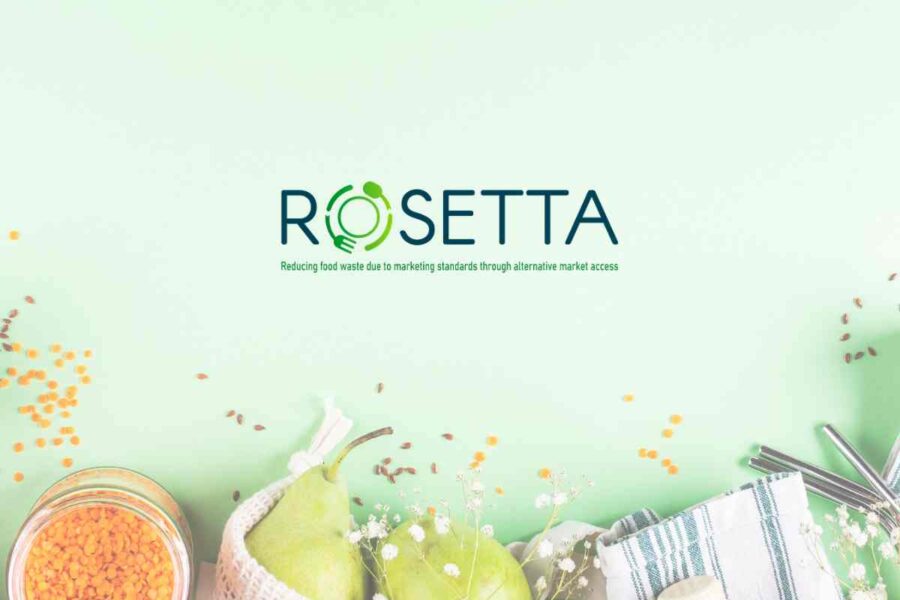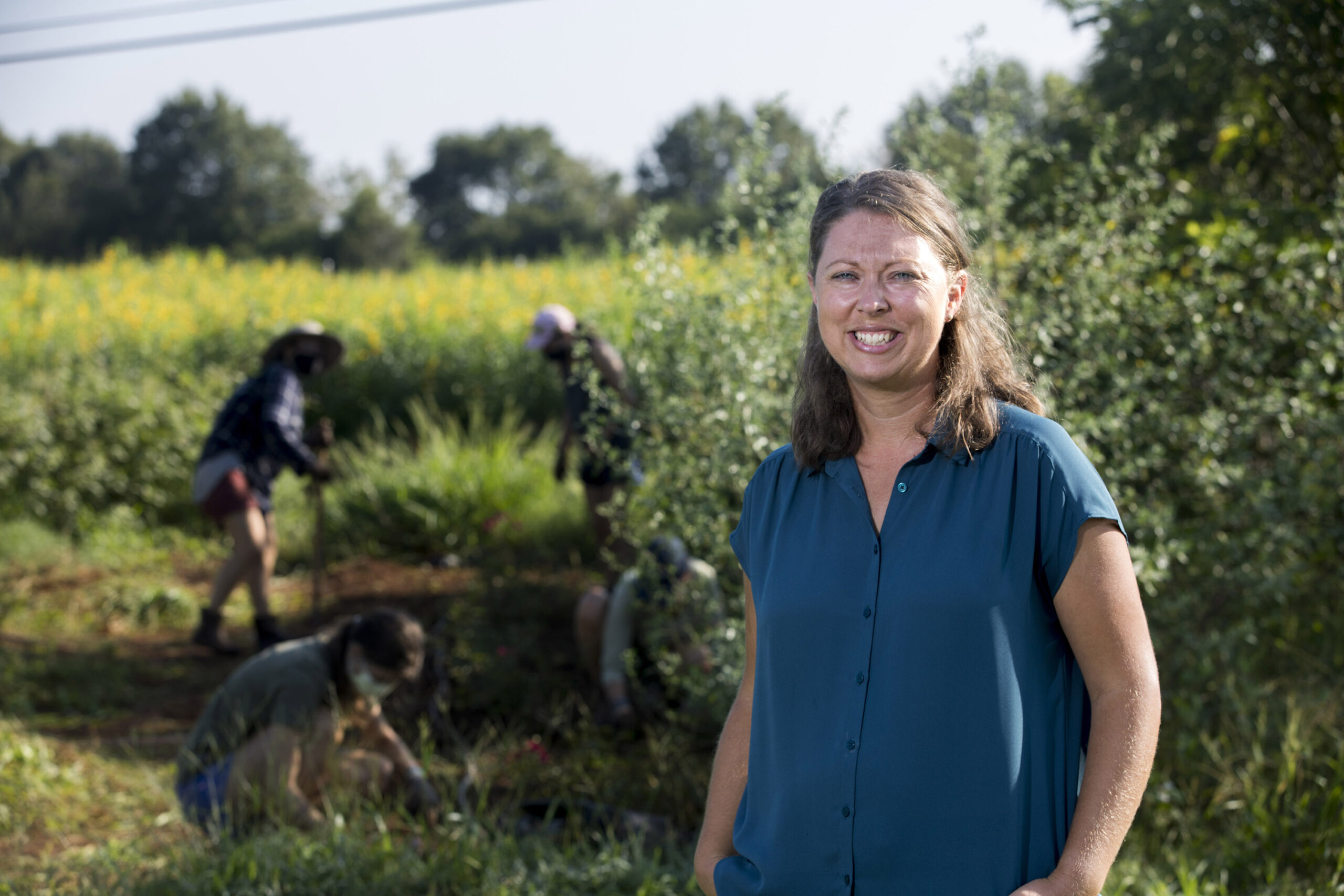
Maine Senate Approves Bill to Reduce Food Waste

A bill aimed at reducing food waste in Maine has been approved by the state Senate this week. The bill aligns with the Sustainable Development Goals (SDGs), specifically Goal 12: Responsible Consumption and Production.
Requirements for Businesses
The bill mandates that commercial and industrial businesses located within 20 miles of an organics recycler and generating two or more tons of food waste per week must divert it from landfills. This initiative supports SDG 13: Climate Action, as food waste is a significant contributor to climate change.
Diverse Options for Diversion
Democratic state Sen. Stacy Brenner, Chair of the Environment and Natural Resources Committee, explained to her colleagues that businesses have several options for diverting food waste. These options include:
- Donating to food banks
- Agricultural use
- Composting
- Anaerobic digestion
Sen. Brenner emphasized that waste in Maine is considered a commodity, and passing this law would stimulate economic development for businesses involved in composting and recycling food waste. This aligns with SDG 8: Decent Work and Economic Growth.
Following Other New England States
Maine’s proposal has already been passed in the House. It is worth noting that all other New England states have enacted laws to reduce food waste. By implementing this bill, Maine would join its neighboring states in addressing the global challenge of food waste and contributing to the achievement of the SDGs.
Next Steps and Considerations
The bill is estimated to cost approximately $500,000 per year. It will now be reviewed by the Appropriations Committee for further consideration. The successful implementation of this legislation would be a significant step towards achieving SDG 12 and SDG 13, promoting responsible consumption, production, and climate action in Maine.
SDGs, Targets, and Indicators
1. Which SDGs are addressed or connected to the issues highlighted in the article?
- SDG 2: Zero Hunger – The issue of reducing food waste is directly connected to SDG 2, which aims to end hunger, achieve food security, improve nutrition, and promote sustainable agriculture.
- SDG 12: Responsible Consumption and Production – The article discusses the need to divert food waste from landfills, which aligns with SDG 12 that promotes sustainable consumption and production patterns.
- SDG 13: Climate Action – The article mentions that food waste is a contributor to climate change, linking it to SDG 13 that focuses on taking urgent action to combat climate change and its impacts.
2. What specific targets under those SDGs can be identified based on the article’s content?
- Target 2.1: By 2030, end hunger and ensure access by all people, in particular the poor and people in vulnerable situations, including infants, to safe, nutritious, and sufficient food all year round.
- Target 12.3: By 2030, halve per capita global food waste at the retail and consumer levels and reduce food losses along production and supply chains, including post-harvest losses.
- Target 13.3: Improve education, awareness-raising, and human and institutional capacity on climate change mitigation, adaptation, impact reduction, and early warning.
3. Are there any indicators mentioned or implied in the article that can be used to measure progress towards the identified targets?
The article does not explicitly mention any indicators to measure progress towards the identified targets. However, potential indicators that can be used include:
- Percentage reduction in food waste diverted from landfills
- Number of businesses complying with food waste diversion requirements
- Amount of food waste donated to food banks or used for agricultural purposes
- Number of composting and anaerobic digestion facilities established
- Reduction in greenhouse gas emissions associated with food waste
SDGs, Targets, and Indicators
| SDGs | Targets | Indicators |
|---|---|---|
| SDG 2: Zero Hunger | Target 2.1: By 2030, end hunger and ensure access by all people, in particular the poor and people in vulnerable situations, including infants, to safe, nutritious, and sufficient food all year round. | – |
| SDG 12: Responsible Consumption and Production | Target 12.3: By 2030, halve per capita global food waste at the retail and consumer levels and reduce food losses along production and supply chains, including post-harvest losses. | – |
| Target 12.5: By 2030, substantially reduce waste generation through prevention, reduction, recycling, and reuse. | – | |
| SDG 13: Climate Action | Target 13.3: Improve education, awareness-raising, and human and institutional capacity on climate change mitigation, adaptation, impact reduction, and early warning. | – |
Behold! This splendid article springs forth from the wellspring of knowledge, shaped by a wondrous proprietary AI technology that delved into a vast ocean of data, illuminating the path towards the Sustainable Development Goals. Remember that all rights are reserved by SDG Investors LLC, empowering us to champion progress together.
Source: mainepublic.org

Join us, as fellow seekers of change, on a transformative journey at https://sdgtalks.ai/welcome, where you can become a member and actively contribute to shaping a brighter future.






